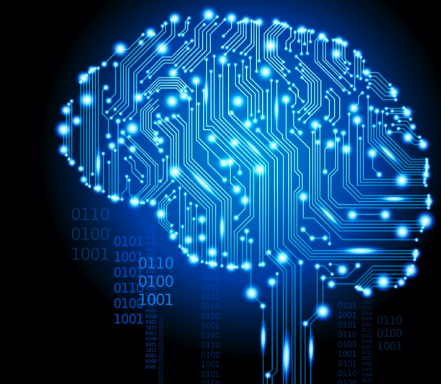Thanks to machine learning, the page you see when you log-on to Amazon. com is likely very different from the one I see. Advertising, product advice, and special deals are tailored to our unique customer profiles based on historical browsing trends and buying behavior.
Online retailers like Amazon were one of the primary users of customer data collection and analysis for increasing services and personalizing the shopping experience, and they are yet to become so skilled some sites might even manage to predict what we will purchase before we even know very well what we’re looking for.
Advancements in digital technology have driven a paradigm shift in the way businesses interact with their customers, with touchpoints increasingly moving to digital mediums. Because of the limited opportunities to fulfill customers on a person-to-person level, machine learning is now in widespread use by a variety of recent enterprises as a way to enrich customer activities, create more individualized and customer-centric interactions, and provide soft omnichannel communications.
Machine learning goes a step beyond Big Data analytics, where machines employ advanced algorithms to autonomously adapt and pay attention to from previous experiences, and therefore emulate the thought process behind human decision-making. In the customer experience realm, machine learning allows new data-driven customer insights to be rapidly produced and continually improved after as new data is added to the models, with the results being employed by businesses to delight customers, anticipate needs/preferences, and achieve competitive advantage.
Machine learning technologies have a strong establishment in the future of customer interactions in the Modern age. According to research from IDC, applications substantial advanced and predictive stats, including machine learning, will grow 65% faster than software without predictive features. The same report believed that by 2018 half of all consumers will interact with services structured on cognitive computing on a regular basis.
The undeniable incentives for using Big Data insights to enhance the customer experience may mean there aren’t also significant challenges. As with so a great many other issues encircling Big Data, the pure volume of customer information collected on a daily basis can be daunting, and all of it must be mined and analyzed quickly in order to remove useful insight. Additionally , customer data from multiple organised and unstructured sources must be integrated in order to provide a full view of the client, including data from web analytics, CRM systems, customer opinions channels, and social media platforms.
However, solving these challenges means businesses across a variety of industries can leverage machine learning techniques to provide exceptional customer activities. Allow me to share only a few good examples of progressive machine learning applications in use today:
Checking and maintaining customer profile data helps organizations like banks and investment organizations offer lending options or services that might be interesting to the customer centered on recent life situations.
Media and entertainment sites such as Netflix use superior algorithms to investigate browsing history and present individualized content recommendations.
Hospitals use machine learning models which incorporate factors like staffing requirements levels, patient data, section charts, and ER layout to predict emergency room wait times.
Contact focuses improve customer interactions by using machine learning techniques to route incoming telephone calls to the right agent more quickly, assisting to reduce call durations and boost the incidence of first-call resolutions.
Once viewed as high-level, complicated data science, machine learning platforms are now acquireable which provide proven tools to help the mainstream developer community build data-rich applications. The expansion of these tools means businesses in all sectors can transform to more customer-centric and individualized models, and enrich the customer experience like never before.
Machine learning is an exciting prospect for businesses given its possibility of increasing customer satisfaction, streamlining procedures, and driving business growth. And to think, we’ve only begun to scuff the area.

